
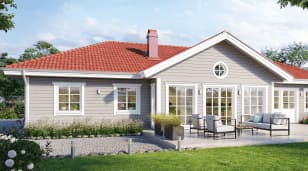
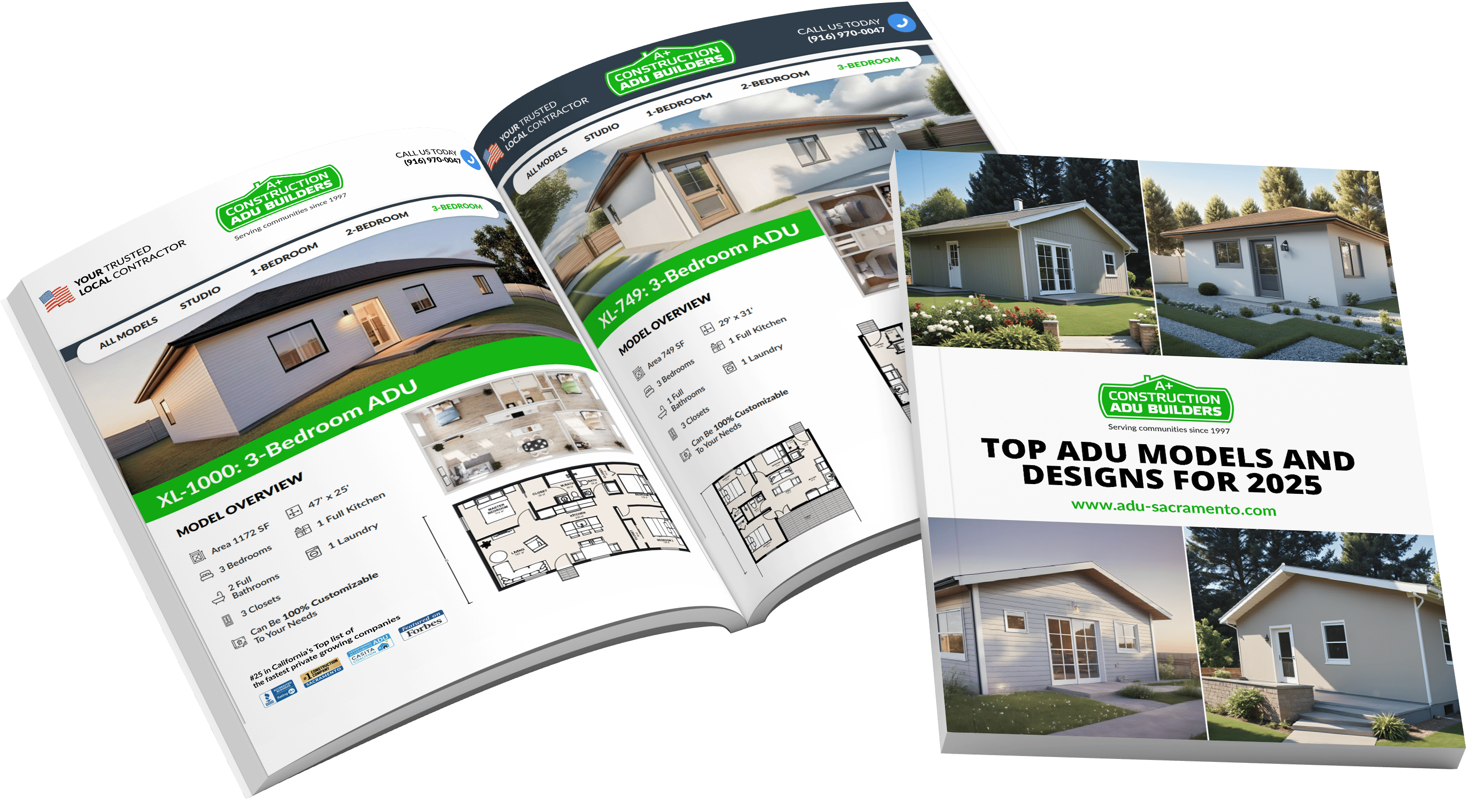


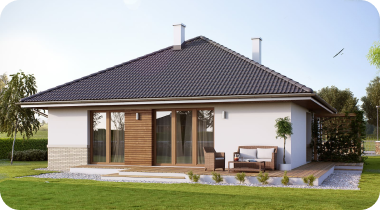
A link to download your FREE brochure will be in your inbox in 3 minutes
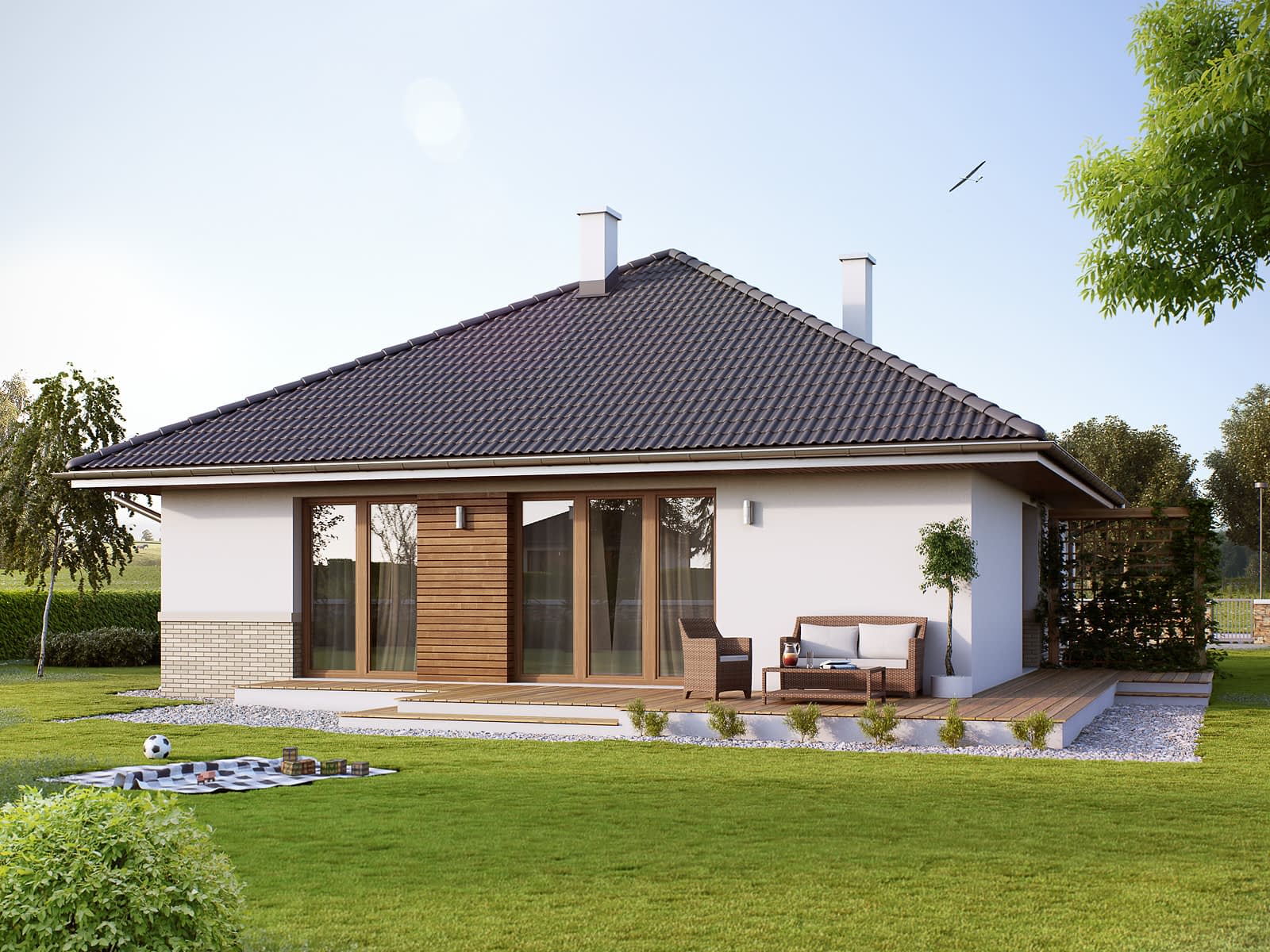


















The final price may vary based on project specifics.
To get a free accurate quote tailored to your needs, book a consultation with us today!

The price per square foot provided is an average and may vary depending on project-specific details such as materials, location, complexity, and other factors. Actual costs may differ from the average provided.
It is recommended to obtain a detailed quote based on the specific requirements of your project.

Please note that the monthly payment displayed on this page is an estimate and is subject to variation based on the selected loan product, applicants credit score, loan amount, and other financial details. Actual monthly payment may differ from the estimate provided.
It is recommended to seek advice from a financial advisor or loan officer to obtain precise payment information tailored to individual circumstances.
 Your Trusted
Local Contractor
Your Trusted
Local Contractor
Nowadays, the accessory dwelling unit (ADU) has become a prevalent type of architectural design. Basically, it’s a smaller second house that shares the property lot with the primary residence. Usually, it has all the same conveniences as an ordinary home — a kitchen, a master bedroom, and others. There are several different types of ADU plans, such as the detached ADU, the attached ADU, and so on. People use them for many purposes, such as living spaces, home offices, etc. But regardless of the project type, it needs a high-quality foundation.
Foundations are vital parts of all houses, including accessory dwelling units. The right foundation can significantly improve its appearance and functionality and diminish the cost. On the other hand, if the foundation is unfitting, it will ruin the construction itself and your budget. So, before planning an accessory dwelling unit (ADU) project, you’ll need to learn everything about different foundation types.
And that’s what we’re going to dedicate our article to. We’ll give you valuable insights about various foundation types (concrete slab, raised, and hybrid), their distinctive features, and the site conditions preferable for each one of them.
The slab-on-grade foundation type is the most widespread one in the residential building sphere – and also the cheapest. People use it for accessory dwelling units very often. This structure consists of a structural concrete slab and special footings. The slab also functions as the first floor, and the concrete footings give the construction its load-bearing capacity.
It’s possible to create a concrete slab-on-grade structure only if you construct the building on level ground or make a flat pad by grading. In some cases, you’ll also need one or more retaining walls.
Raised foundations (also known as crawl space foundations) are suitable for challenging sites where the ground is uneven and any grading work is not possible. This structure has durable footings with a height of 18-24 inches. They stabilize the entire building and function as a base for the walls. Another important part of the construction is a sub-floor framed with wood, which is also the first floor of the house.
Crawl space foundations are more expensive and harder to create than slab-on-grade ones. But on the other hand, they make the building process more flexible. To add integrity to the accessory dwelling unit structure, you’ll need to pour concrete two or more times. This process requires great accuracy and preciseness, which, of course, increases its overall price.
In some cases, the best variant is the combination of different types. For instance, one side of the ADU can have a structural, concrete slab-on-grade foundation, while the three remaining ones may have raised foundations. Alternatively, footings on one corner can get deepened, while on all the others, they’ll be standard. Specialists use hybrid foundations when the ground is so uneven that one foundation type just wouldn’t be enough.
Builders install stem walls in situations when a typical slab-on-grade foundation is the most fitting variant, but the ground is still uneven. They go down from the concrete slab to the footings to transfer the weight of the construction. Sometimes, stem walls need a waterproof covering to avoid moisture infiltration.
This type of construction is compatible with raised and concrete slab foundations. Deepened footings redirect the house weight deeper into the ground. Because of this, it won’t cause any harm to the other structures located nearby — for example, the main house. Also, the landscape conditions (such as hills or slopes) won’t make it weaker or more unstable. Deepened footings can help the foundation stay durable and keep its structural integrity.
Any building, including an accessory dwelling unit, wouldn’t last very long without a foundation. It serves as an anchor, providing stability and structural integrity. So, if you plan to construct a house on your existing property (for example, an ADU), you’ll need to select its foundation very attentively. This choice is not as easy as it seems. You’ll need to consider lots of factors, such as the landscape characteristics, the type and size of the building itself, and so on. Below, we’ll have a detailed look at the most important of them.
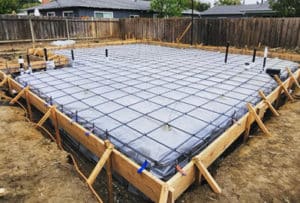
When selecting a foundation for your new ADU, you’ll need to think about many things.
Let’s name some of them:
Now, let’s talk in more detail about the most important things to consider.
When planning a foundation construction, it’s necessary to think of your time and budget limitations. It’s a truly pivotal aspect of any accessory dwelling unit (ADU) construction. To estimate them, you’ll need to meticulously research and categorize all the possible expenses: prices of materials, payments for workers, various associated costs, and possible emergency expenses. Also, consider how much time you can dedicate to the building process. Think about how you can avoid the most unexpected costs and delays. Try to approach these questions proactively — it’s the key to the successful planning of an ADU foundation project.
Other vital points are the local building codes and the soil conditions. Before starting the construction process, you’ll need to thoroughly analyze the soil on your property. It will help you to determine the best type of foundation and thus improve the quality of your ADU. Consider various waterproofing methods (such as a vapor barrier) and other ways of mitigating potential problems in order to save lots of money and effort in the future. With the right waterproofing, the foundation materials won’t get wet, so they’ll last much longer. Moisture is very dangerous for foundations — it slowly damages their construction and significantly shortens their lifespan.
To construct a reliable, long-lasting foundation for a living space, you’ll need a proactive approach. It includes fire and earthquake safety measures, energy system optimization, regular checkups, building codes adherence, and, as we’ve already mentioned, moisture protection. Only in this case your new construction will be durable, safe for living and eco-friendly.
A qualified contractor company is also a pivotal aspect of creating a high-quality foundation.
Its specialists (such as a structural engineer and others) will help you with lots of difficult things, such as:
And, of course, they will guide you through the permitting process. They’ll make sure that your residential construction project meets building codes and local regulations.
When choosing such a company, you’ll need to look at whether it has a license. This document proves that its staff is qualified and strictly follows all the regulations. Also, you need to pay special attention to their professionalism in the ventilation and plumbing spheres. You can find the right contractor by looking through the websites and portfolios of different companies, reading customer reviews, or simply asking people you know.
To prevent lots of problems with the foundation (such as fast deterioration and structural damage), constant maintenance and regular checkups are necessary. Otherwise, many things can potentially compromise the durability of your structure. Checkups will let you notice and fix any issue early, which will let you avoid spending more money and time on doing it in the future.
Also, we’d recommend you to renovate the inner and outer design from time to time, improving and modernizing it. It makes your ADU not only more aesthetically appealing, but also a more comfortable and convenient living space. Also, energy-saving appliances and ecological materials should be used to make the house environmentally friendly.
Effective project management is vital for an ADU foundation construction. It will guarantee quick completion and the overall success of the whole process.
There’s no such thing as the best foundation for an accessory dwelling unit (ADU). Its choice depends on various site conditions, such as soil, landscape, seismic activity, and so on. For example, a slab-on-grade concrete foundation is suitable for a flat ground or a level-building pad, while a raised foundation is more fitting for an uneven terrain that you can’t level out.
Those foundation types are the following: slab-on-grade, raised, and hybrid foundations. Slab-on-grade foundation is the most cost-effective foundation type. It includes concrete footings and a slab. A raised foundation is the best variant for uneven ground. Raised foundations (also known as crawl space foundations) have a wood-framed subfloor, which also functions as a first floor. A hybrid foundation is a partly-slab, partly-raised structure.
It depends on many different factors. In case of level ground, you’ll need to use a concrete slab-on-grade foundation. For uneven ground, crawl space foundations are better. Although, slab foundations are the most popular type. They’re very suitable for tiny homes for lots of reasons, such as fast drying, lower risks of flooding and gas leak damage, an attractive price and good protection from various insects.
Get a First Look at Real ADU Projects